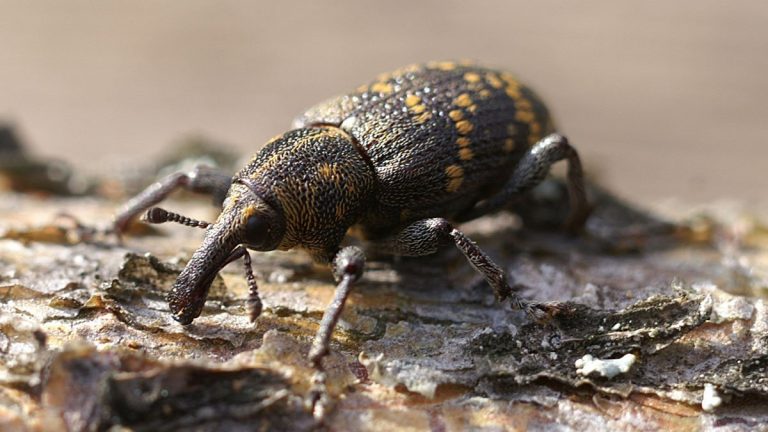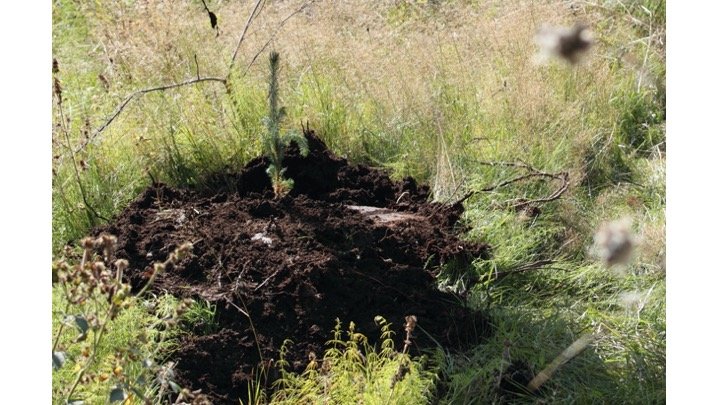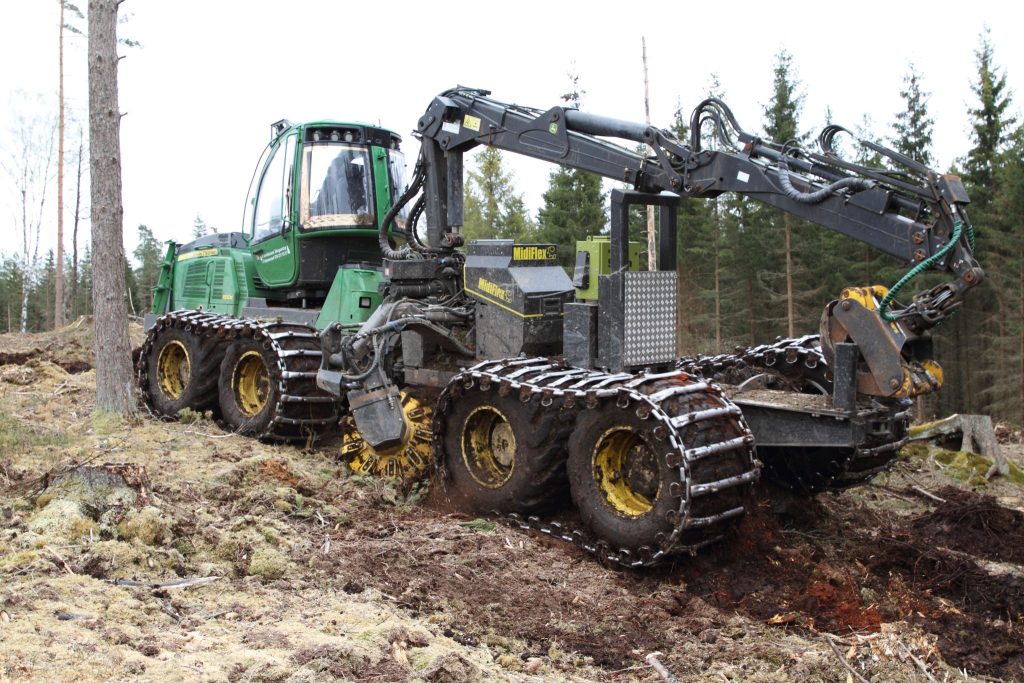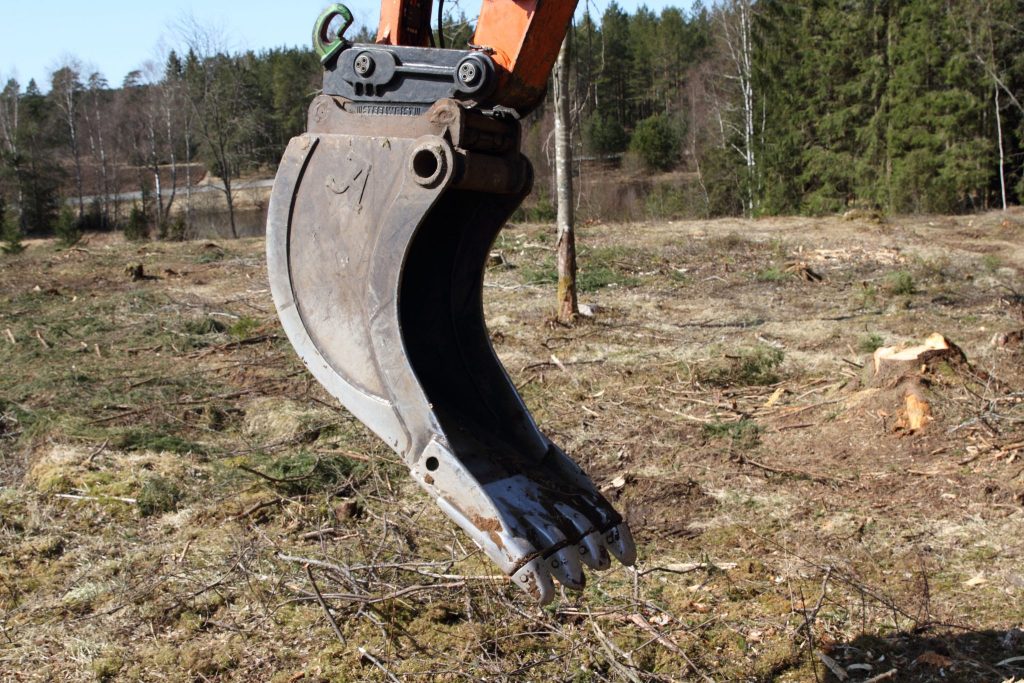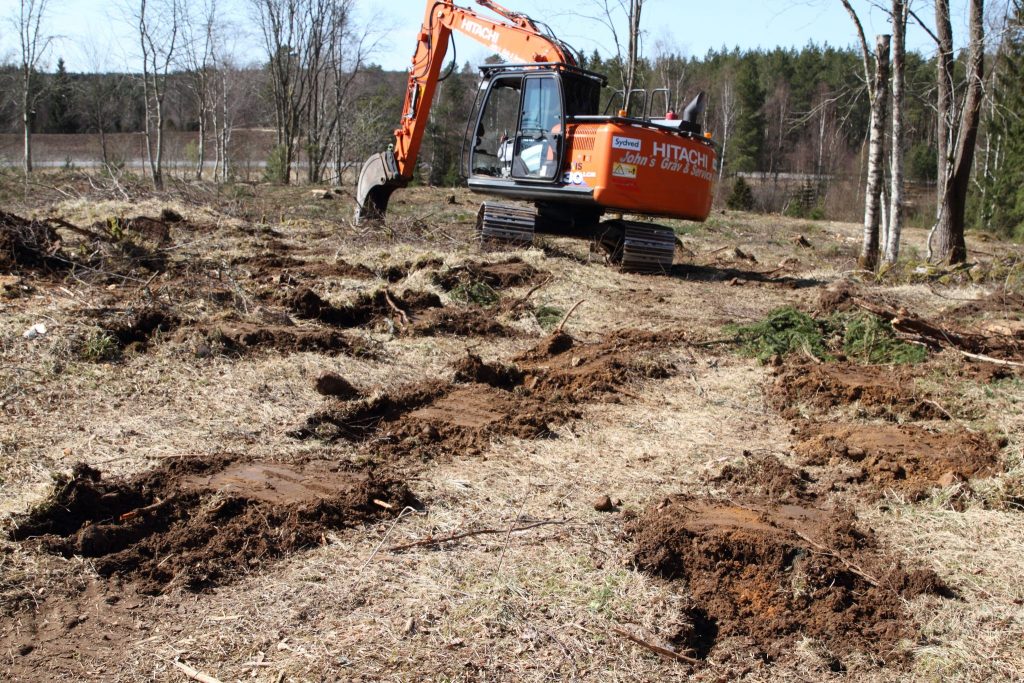The planting season is here. Time to start planning and make sure you get the right ground preparation done. Here we present some methods that are used in the northern hemisphere. Trencher, mounder or excavator the choice is yours’s.
Time to do ground preparation or scarification
How to prepare for planting after a clear cut is often discussed. In some places pesticides are still used, and no ground prep has to be done, but in most places some kind of preparation of the soil is made.
There are several reasons to do ground prep before planting:
– The planting itself is easier if you have some kind of marker in the terrain that indicates where to put the plant, like rows to follow or obvious mounds to plant on.
– With a machine you can create good planting spots e.g., on an inverted turf.
– The scarification removes competing vegetation close to the plant. However, the vegetation comes back quickly if the soil is good. It´s important that the plant gets an optimal spot to grow on so that it can grow ahead of other vegetation.
– Grass, moss and vegetation isolates the soil in the ground and prevents the sun from heating it up. If this layer is removed the temperature in the ground raises and the plant can grow faster.
– The scarification drains the soil so that the balance between oxygen and water is improved.
– Bare mineral soil radiate heat during the night which gives higher temperature for the plant and less risk of frost damage. A high planting spot, as for an example on an inverted turf, increases the temperature even more. On very frosty ground however, scarification alone will not be enough protection against frost damage.
– When the soil is mixed and the temperature increases, the nutritional turnover will also increase meaning that the nutrients become more available for the plant.
– Less risk for infestation of the pine weevil (Hylobius Abietus). The pine weevil doesn´t like open ground and hesitates to go out to the plant if it´s planted on bare mineral soil.
Photo: Claes Hellqvist
What machines are available?
You could use a hoe or a shovel to do the ground prep, or any kind of plough will do. Some people even use wild boar to do ground prep for planting. It depends on how much time or money you´ve got and how good planting spots you want to create.
There is a huge variety of machines that are used for preparing for planting, and also for planting. Here we will focus on some that only do ground preparation for manual planting. Three specialized machine types for scarification and an excavator.
Mounders and disc trenchers
There are many suppliers of both mounders and disc trenchers, mainly for tractor mounting. But there are a few that have specialized in building larger mounders and disc trenchers for forwarder and skidder mounting. Here follows a couple of those:
Mounder
A mounder is mounted on a tractor, a skidder or a forwarder. When driving forward, the mounder creates mounds of inverted turf in intermittent rows. The planting spots should be on top of the mounds.
The major supplier of mounders for forwarder or skidder mounting is Bracke Forest in Sweden. They offer two-, three-, or four row mounders. In those machines the number of planting spots per hectare is set in a computer by deciding the width between the rows and the distance between the mounds. The mounders have a function to remove slash by making long tracks in the ground, and plant in those tracks. But the mounder is most suitable on sites with less slash left on the ground.
Another supplier of mounders is the Latvian company UOT Forest. They offer mounders for tractor-, forwarder- and skidder mounting.
Disc trencher
A disc trencher is also to be mounted on a tractor, a skidder or a forwarder. The disc trencher creates continuous rows of tracks or inverted turfs and is quite an all-rounder that could be used in most types of terrain. The planting spot could be either in the track or, as after the mounder, on top of the inverted turf. When planting in the track, you have to beware that the plant doesn´t end up too low as is then might drown. When planting on the turf, you have to make sure that the turf is properly compressed to avoid that there is air under it to prevent that the plants roots dries out. To be “sure” to get it right, many planters prefer to put the plants right between the track and the turf. That is for an example very common in south Sweden.
There are mainly two types of trenchers for planting ground prep: One for mounting at the back of a base unit and one for mounting in the middle of a forwarder. Most common is the one mounted at the back of a tractor, a forwarder or a skidder. When it comes to forwarder and skidder mounted ones, Bracke Forest is a major supplier. They offer two- or three row trenchers that are computer controlled. The Bracke trenchers can scarify softly, just scratching the humus away, or hard, making ditches with quite high inverted turfs.
Above mentioned UOT Forest also offers trenchers, two-row ones, also smaller ones for tractors.
MidiFlex in Sweden offers a concept where the discs are placed in the middle/waist of a forwarder. The advantage with that is that the rear wheels of the forwarder compresses the inverted turf. This make it easier for the planter as the ground is more or less flat after the machine. The visual impression is also a bit “nicer” as the turfs are not so visible.
Excavator
Maybe the most common scarifyer is a normal tracked excavator. A good operator can create excellent planting spots on inverted turf with an excavator. Normally a normal excavator bucket is used but there are special attachments for scarifying available.
The advantage of using an excavator is that you can place the planting spots exactly where you want them. This could be good if you are working in some kind of sensitive environment like an area with ancient memories or wetland.
On wetland a tracked excavator is more suitable compared to a forwarder or a skidder that would probably sink and get stuck in the mud. With an excavator you can also create larger mounds which is an advantage in wet soil to prevent the plants from drowning.
Productivity
With a two-row mounder or disc trencher, like described here above, you can scarify 0,7 – 1,5 hectares per hour depending on the conditions. With three-, or four-row machines the production will of course increase.
With an excavator, the production is 0,15 – 0,25 hectares per hour which makes this a more expensive method. On the other hand, an excavator can create planting spots in places where a forwarder- or skidder mounted scarifyer can´t go, e.g., in very wet and soft soil.
A number of options
These were just a few examples of machines to use when preparing for planting. As mentioned above there are countless options to do this. Different types of attachments for tractors or skidders like harrows, ploughs, chains … even a thick log with 2-inch branch stumps left on it will do (according to some). Wild boars that buzz around in the soil for a while has been offered by companies as ground prep.
There are for sure methods that are more or less good. The important thing is probably to do something rather than doing nothing. To plant directly in the slash on an unprepared site with unprepared plants is probably doomed to fail. I remember when pesticides were forbidden here in Sweden and my father was told that he had to do ground prep before planting. He didn´t believe it. He said, “There is no way that something like that could make a difference.” He planted, the plants died, he had to do ground prep and plant again, a few years ago we thinned that site the second time …
Film
Here is a film that shows the above described machines:
Film and photos: Per Jonsson except where otherwise stated






